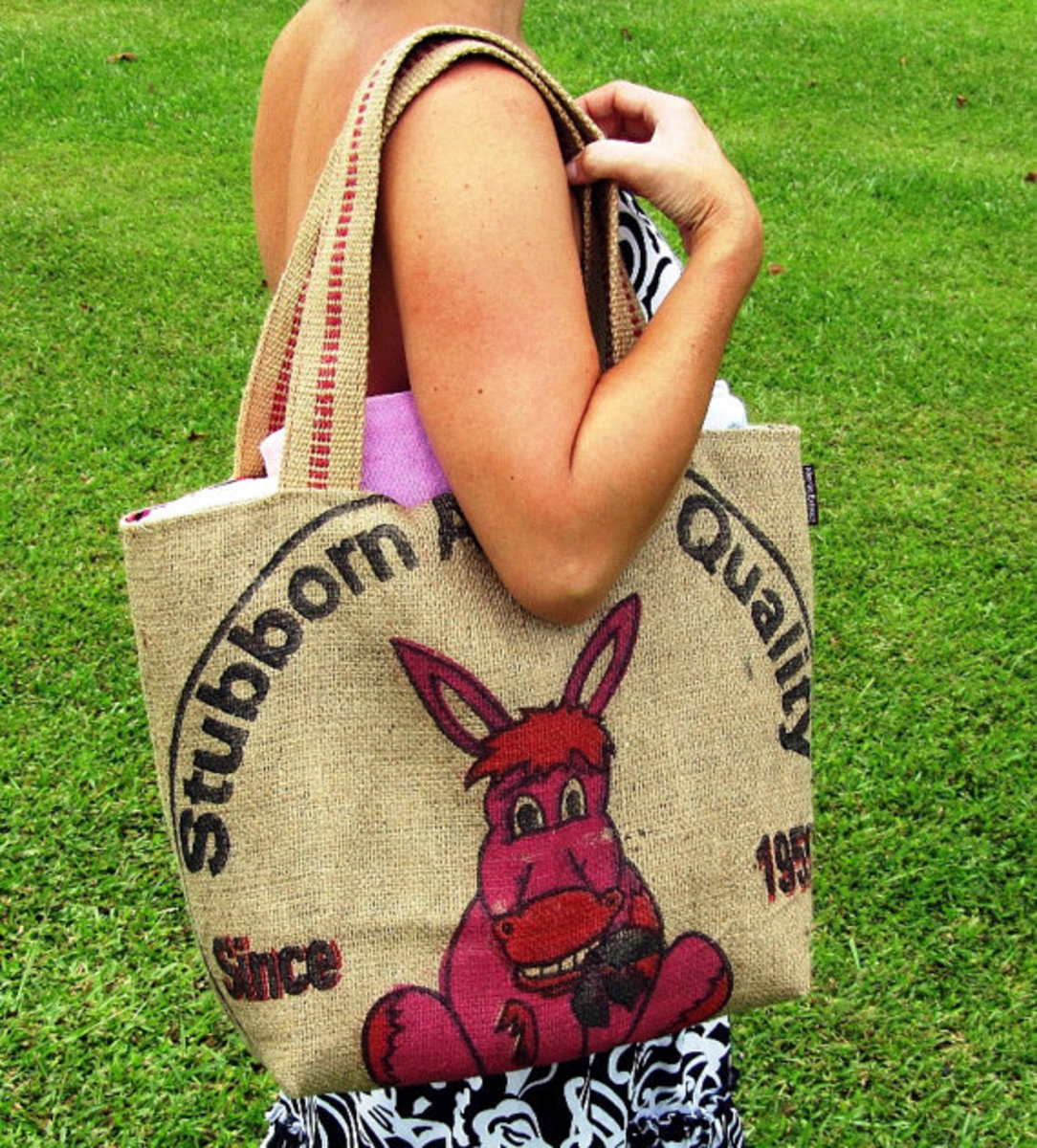Nightingale Donkeys Fly, Thanks to Some Good Hawaiian “Malamo”
- March 10, 2017
- ⎯ Fran Jurga
[VIDEOSINGLE type=”youtube” keyid=”d1WcFFZ_aRo”, width=”560″, height=”344″]
I’ve been following a story this week by Julie Hauserman on the Humane Society of the United States (HSUS) Facebook page about a herd of donkeys on The Big Island in Hawaii. This is not just any herd of donkeys, mind you, but a special herd that seemed destined for disaster. To insure their safety, HSUS worked with local civic and animal groups to arrange an airlift of about one-quarter of the donkeys all the way to the mainland. The story tells us that 119 donkeys made the trip; most are going to a new home at a donkey sanctuary in California.

Something seems a little incongruous here–wouldn’t that be like importing wild horses to Nevada? I know the wild burros and donkeys need help out west and for these Hawaiian donkeys to take precedence, they must be pretty special.
Some of the donkeys will be offered for adoption, but these are wild equids, and will need a lot of training.
When the donkeys suffered during a drought, a local rancher contacted the regional branch of HSUS to see if something couldn’t be done to help them. Their future didn’t look very bright; someone suggested to the rancher that he just shoot them.
Of course, there has to be some poetry. Some of the donkeys were wont to bray at sunrise and sunset, and their calls echoed through the hills. The locals dubbed them the Waikoloa Nightingales. Who wouldn’t want to own one of them–or at least donate some money to save them? (Unless, of course, you’re a light sleeper.) They even have their own blog! Apparently the Nightingales do more than bray: they wander out onto the highway, which is not safe for donkeys or humans in cars.

Several local horse welfare and rescue groups were involved before and with HSUS; it’s hard to think that a place like Hawaii would be anything but paradise for any animal, but that’s just not the case, of course. You can watch more video news about what challenges have faced the donkeys from Big Island News.
I was intrigued to learn the history of the herd, which is descended from donkeys originally imported to Hawaii to work on the coffee plantations. When they weren’t needed anymore, they were simply turned loose and we all know how the story goes from there. What started as a little herd turned into a big one: the estimated population grew to between 400 and 600, according to HSUS.
In the Hawaiian language, if something receives “m?lama” it means it has been cared for, or nurtured for the long-term good. These donkeys have been the beneficiaries of some very good “m?lama“, after years of neglect.
The Jurga Report doesn’t publish many “good news” stories these days. I hope this will turn out to be one–it sounds like it just might be. Or maybe that’s just a nightingale I hear? It sounds pretty sweet to me.
The full story about the HSUS role in the donkey rescue is on the HSUS web site.





